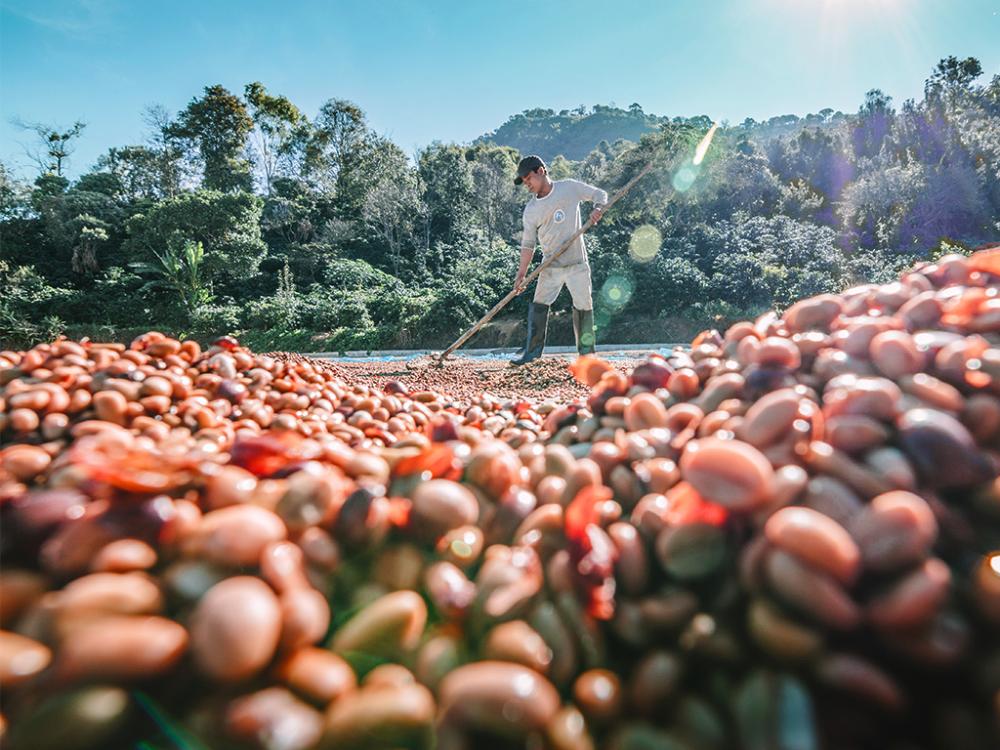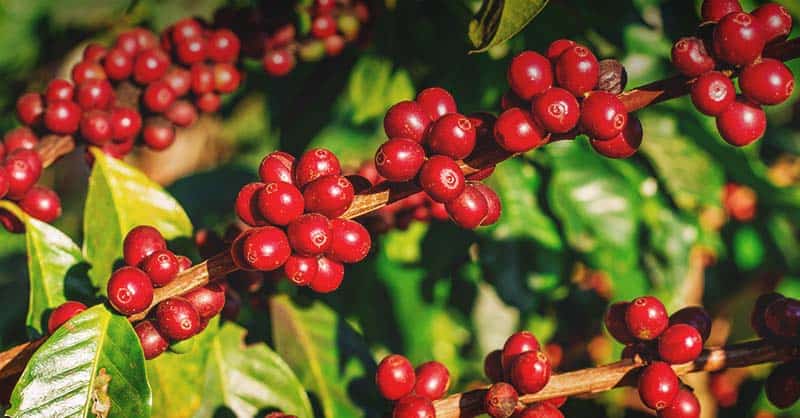The world coffee market is impacted by factors such as supply and demand dynamics, meteorological conditions, geopolitical crises and evolving consumer preferences. Major contributors to the worldwide coffee industry are Brazil, Vietnam, Colombia, Indonesia, and Ethiopia, among others.
Coffee production in Bangladesh started mainly in 1985, the hilly areas of Bandarban are inhabited by Lusai, Tripura and other tribes who mostly make a living through agriculture. The local clergy brought foreign coffee seeds and gave them to the local farmers to plant in the land. After the trees grew. The farmers started selling the seeds in the local market. Also, the bumper crop of coffee after bringing the seeds from Mizoram and planting them led the local agriculture officials to start commercial cultivation of coffee with farmers in 1990
Why Bangladesh?
This special feature of this country is the soil and climate of Bangladesh are such that any crop, including coffee can be grown here. Coffee is currently being cultivated in 19 districts including Tangail, Moulvibazar, Nilphamari, Khagrachari, Rangamati etc.Recently the government has been giving importance, about commercial coffee plantation.

Currently, two types of coffee are grown in Bangladesh. Robusta is made from the beans of an African species Coffea Canephora plant, the other is Coffea Arabica, also known as mountain coffee. Coffee bush size and yield differ based on hill location Bangladeshis come not only to sip coffee, but also to introduce the Turkish culture and tradition to the traditional items we import for tourists from Turkey.
World Coffee Market and Bangladesh
Bangladesh mainly imports coffee from: Singapore ($255k), United Arab Emirates ($181k), India ($78.2k), Italy ($76.7k), and Netherlands ($43.4k). Globally, the highest revenue is generated in the United States (US$85,160.00m in 2022). Relative to total population figures, the per capita income generated in 2022 is $9.09. By 2025, 70% of consumption and 17% of volume consumption in the coffee segment will be accounted for by out-of-home consumption (eg, at bars and restaurants). In the coffee segment, the volume will reach 56.8mkg by 2025. This market will show a volume growth of 10.7% in 2023. In 2022, the average volume per capita in the coffee segment is 0.27 kg.

